Creating Textured Book Covers
A Step-by-Step Guide for Intermediate Crocheters
Introduction
I was pretty skeptical when I first heard about creating textured crochet book covers. Who does that? Why would you need to crochet a cover for a book?! But the more I looked into it, the more I realized how brilliant of an idea this is. Let me explain.
A crocheted book cover can protect the book as well as make it match others in the bookshelf if you want a more aesthetic appeal. Add decorations and really personalize it! Not to mention the gift potential when you are gifting a book to someone.
DISCLOSURE: This post contains affiliate links, meaning if you click on a product or service, and decide to purchase it, I may receive a commission at no extra cost to you. All recommended products and services are based on my experience with them. For more information, please read my Disclaimer.
Why Create A Textured Crochet Book Cover
Rather than write a whole essay on this, enjoy these bullet points of different ideas and considerations for making textured book covers.
Protection and Practicality
- Everyday wear and tear protection
- Protects from spills and scratches
- Adds protective cushioning for all book types
- Helps prevent dog-eared corners and spine damage
- Makes books more durable (for the daily commuters or other modes of travel)
Personalization and Style
- Express your personality and aesthetic
- Match your home decor or preferred color scheme
- Make books easily identifiable in a pile or bag
- Mismatched book collection solution
Gift-Giving Potential
- Makes a thoughtful, handmade gift for book lovers
- Easily customizable using the recipient’s favorite colors or interests
- Pairs beautifully with a special book for occasions like birthdays or holidays
- Shows extra care, thought, and effort beyond just giving a book as a gift.
Texture Benefits
- Provides a pleasant and comfortable feel while reading
- Makes books easier to grip (especially for those with arthritis or hand fatigue)
- The texture adds visual interest to your bookshelf
- Can incorporate raised patterns
Skill Development
- Perfect for practicing new texture stitches
- Relatively quick project
- Builds confidence in measuring and customizing patterns
- Perfect way to use up yarn scraps in a functional way
Discretion and Privacy
For the most part, I don’t really care what people see me reading, but I noticed that I pay more attention to this if I am around children, especially since many book titles and cover arts can use profanity or be on the racy side.
- Hides book covers you might not want displayed publicly (i.e. romance novels or self-help books)
- Creates mystery about what you’re reading
- Allows you to re-read childhood favorites without judgment
Materials and Tools You’ll Need
The materials and tools you’ll need are no different from other yarn projects with the exception of whether you plan to place a closure option that secures the book or e-reader..
- Yarn types and weights best suited for book covers
- Hook sizes and why they matter for texture
- Additional supplies (measuring tape, scissors, yarn needle, buttons/closures)
- Tips for selecting durable, washable yarns
RELATED: Yarn Choices Explained: Find Your Perfect Yarn
Measuring Your Book
- Take accurate measurements – measure height, width, and spine thickness
- No tight stitches to make it a comfortable fit around the book with “give” to it.
- Adjust your measurements for different book sizes when needed
Choosing Your Texture Stitch
There are lots of great stitches that can provide texture in crochet. Here are a few options outside of basic stitches you can experiment with:
- Bobbles
- Cables
- Shell stitch
- Basket-weave
Be sure to keep in mind that some stitches can change the surface height and durability of a project. For example, if you are creating a cover to protect your book from beverage spills, it’s best to not use a stitch that creates lots of holes, etc.
RELATED: Ultimate Guide To Crochet Techniques
Creating a Gauge Swatch
Gauge swatches are optional, but can be incredibly valuable. They give you an idea of the look, durability, and thickness of the final project. Don’t skip the gauge when experimenting with different yarn types or different stitches. It can save you lots of time and less frogging!
Step-by-Step Construction
- Take accurate measurements of your book
- Use a foundation chain to start the main panel (unless stated otherwise in a pattern)
- Create pockets/flaps for book edges to slide into
- Weave in ends when finished
- Add Optional Finishing techniques (embellishments, etc) for additional personality and aesthetics
Adding Closures and Embellishments (Optional)
Closures and embellishments are optional but can really add personality to your book cover or sleeve. Button and loop closures are some of the most flexible and aesthetically pleasing options. Ribbon ties are a very easy option to secure your books. Overlays, added sewing, and attaching pockets to the front are all decorative elements that can compliment the texture of your book cover.
Blocking and Finishing
Blocking and proper care are essential for textured work (if you want to keep it looking it’s best). Check out the following posts where I go into further detail on these topics! Be sure to bookmark them or pin them for reference (or do both!)
Crochet Care Guide: How to Wash, Block, and Maintain Your Creations
Troubleshooting Common Issues
- Cover too tight or loose – gauges help with this but you could also be experiencing an issue with tension
- Texture pattern not lying flat (Blocking can help with this!)
- Adjusting for different size books and e-readers
RELATED: How To Improve Crochet Tension
Summary
Basically, I thought that textured crochet book covers were unnecessary and just “another thing to make”, but when I looked further into this, I loved the idea of creating these covers to be used to either protect or gift a book. Nobody likes a tattered book that got lost in the black hole of your bag!
A textured book cover is especially a great idea if you are trying to work through your yarn stash! Making a book cover is quite simple and doesn’t require a lot of yarn, so it can certainly be on your list of quick projects!
Don’t be afraid to experiment with different yarn weights and stitch types when you create your own book cover!
RELATED: Increasing Crochet Project Complexity
Have you ever made a book/e-reader cover before? If so, tell us what you like and don’t like about using one!
Some FREE patterns to try
Easy Bow Book Sleeve by Stitchberry
Margie Book and Bible Cover by I Crochet So Hard
Beginner Crochet Book Sleeve by Fosbas Designs
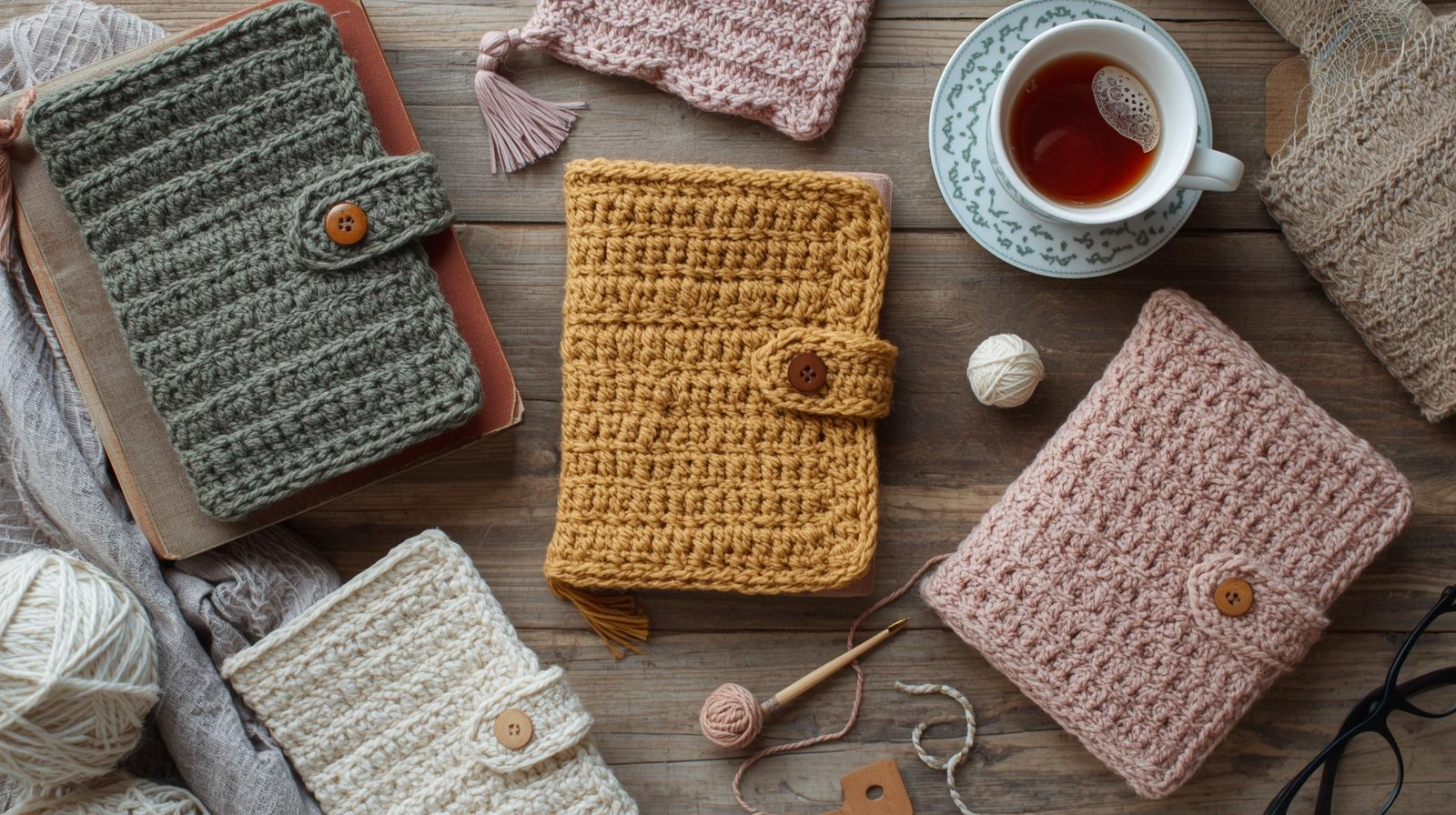
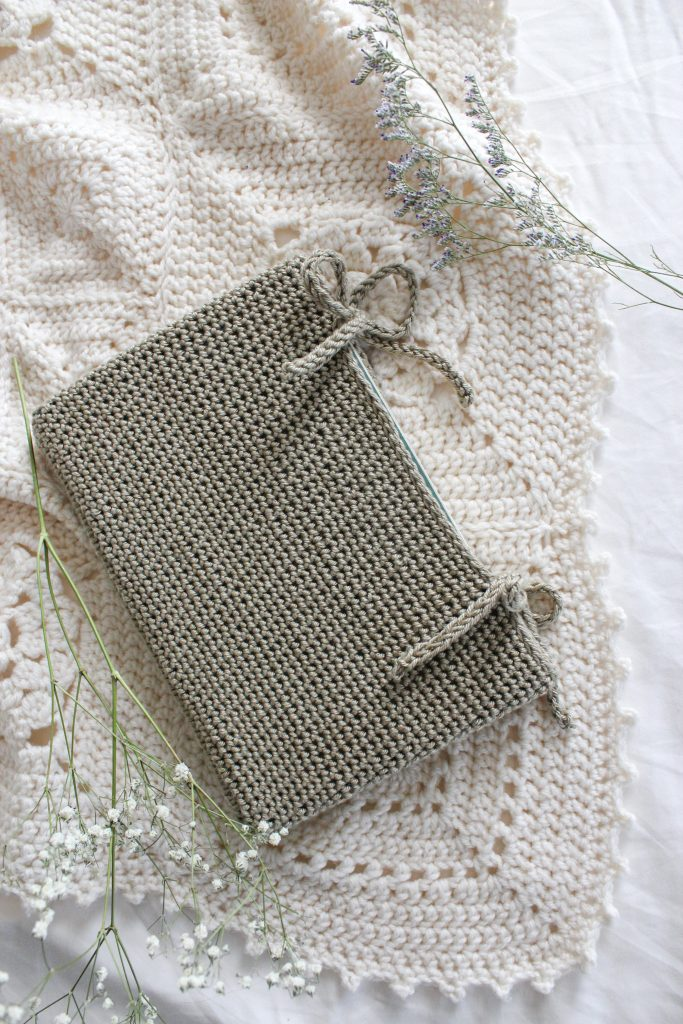
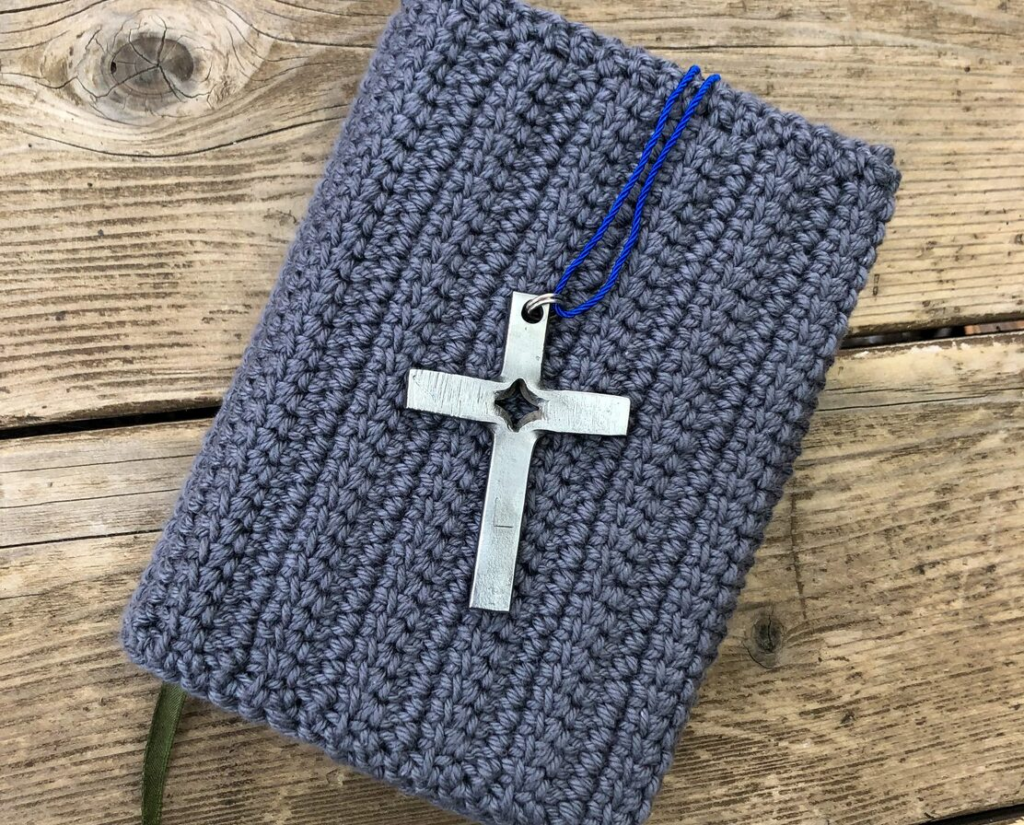
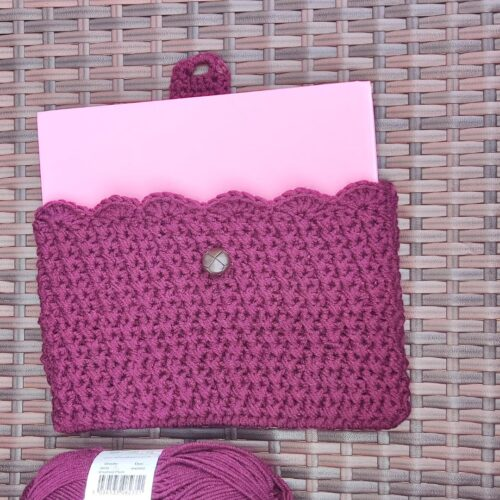
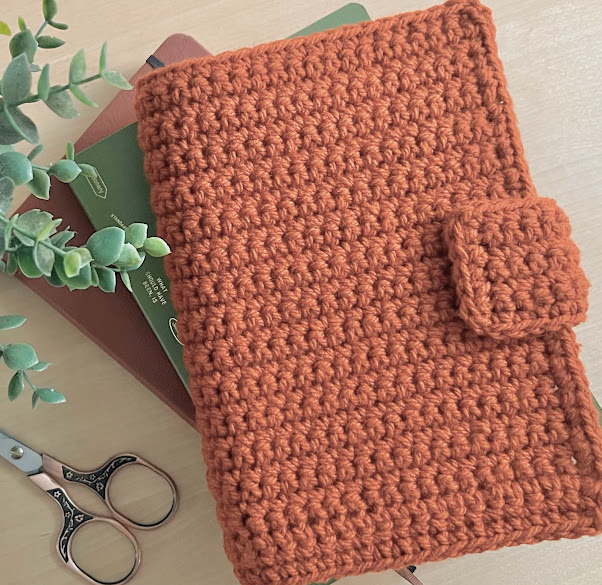
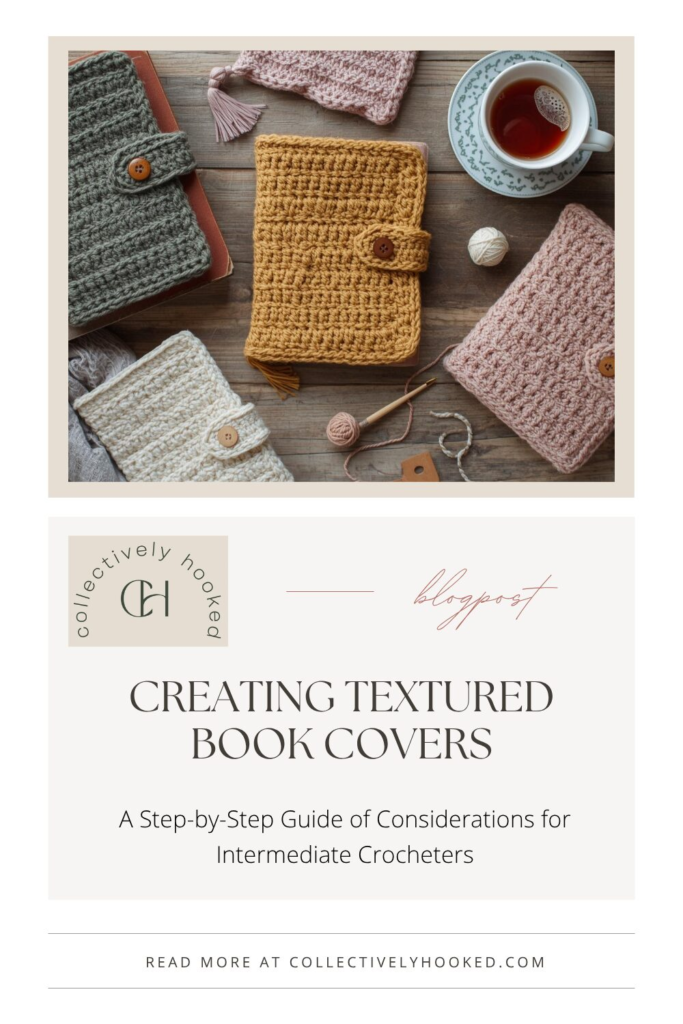
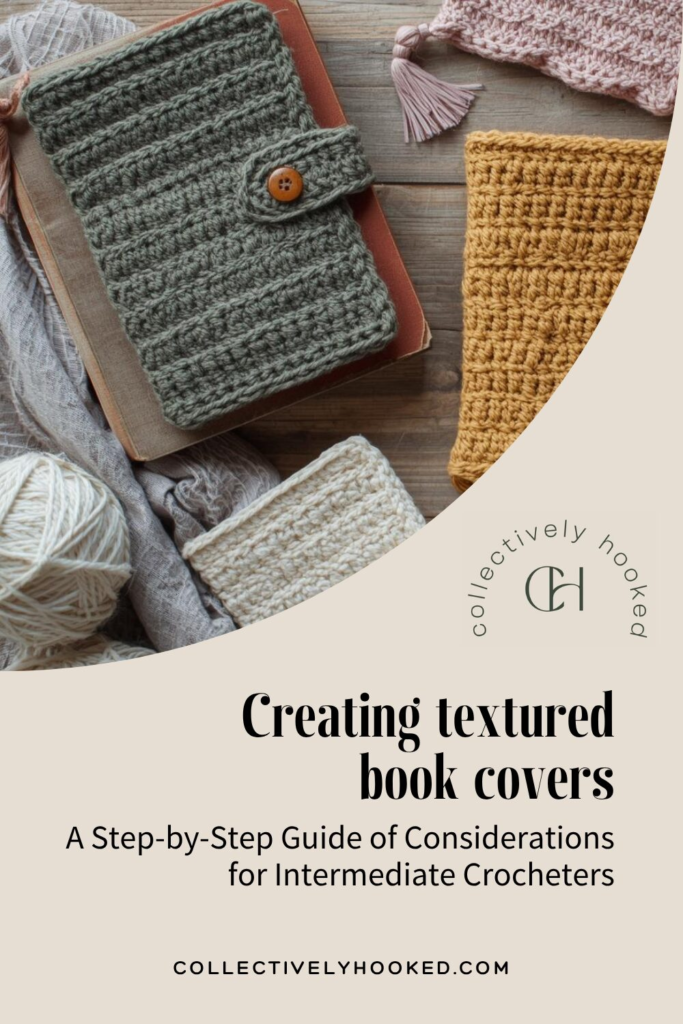
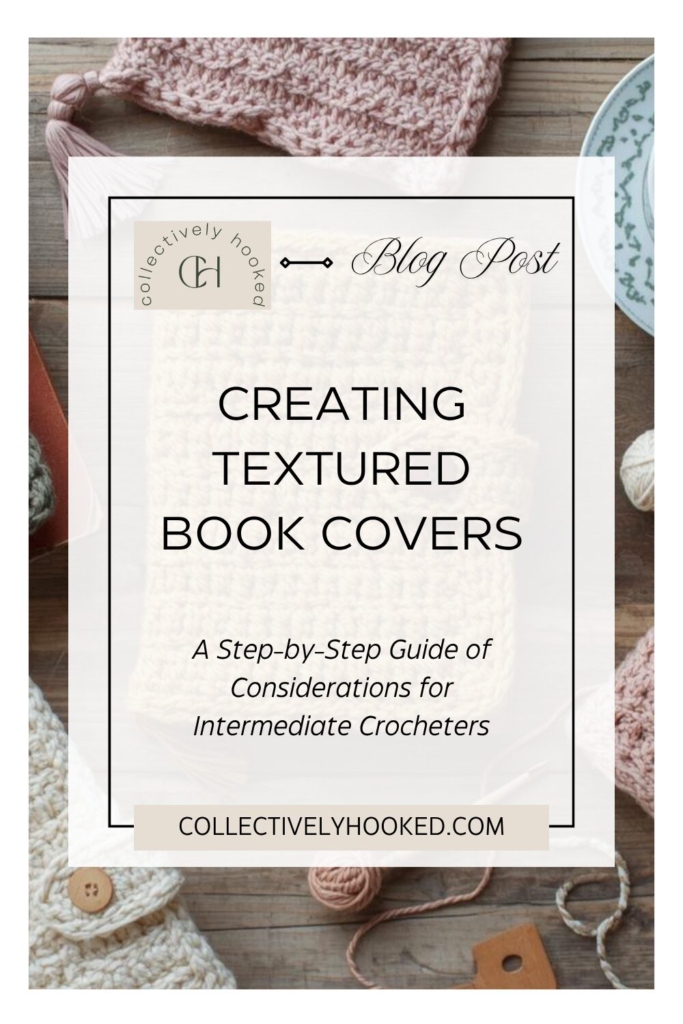
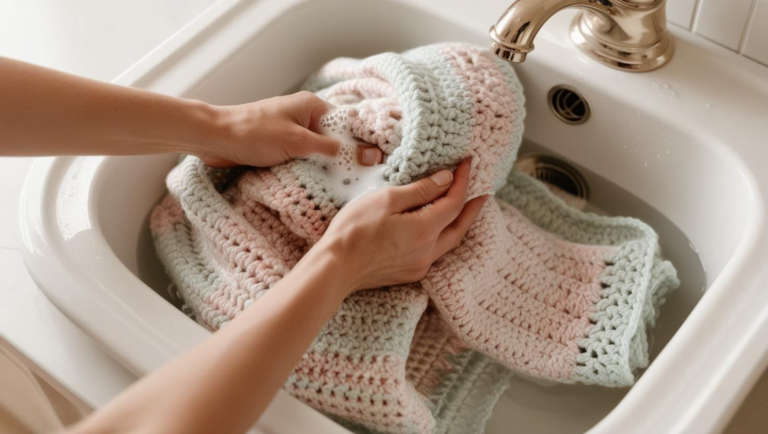

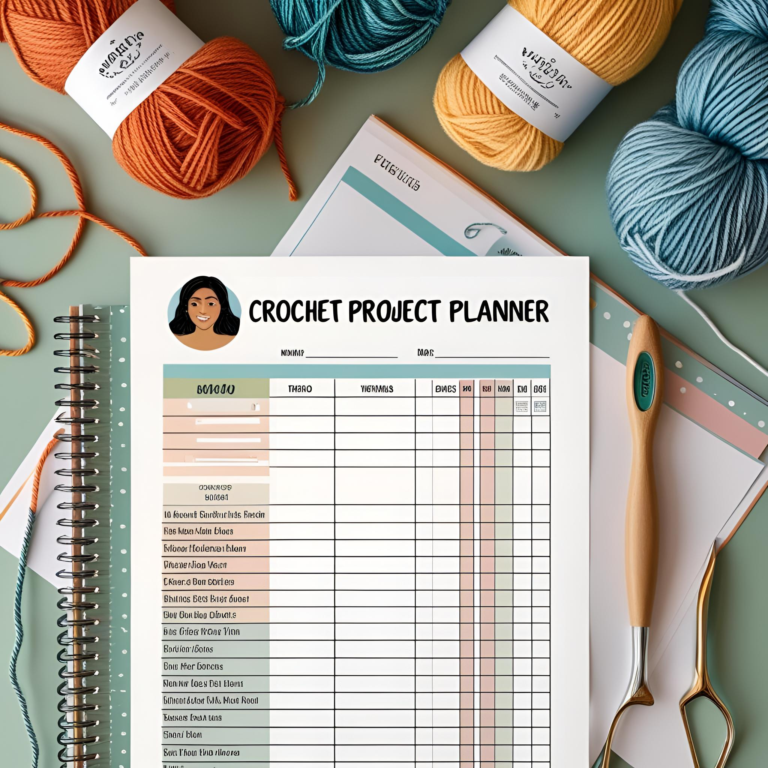
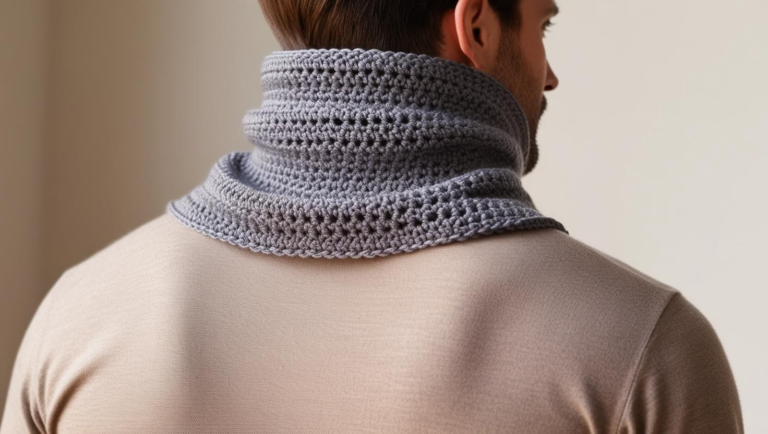
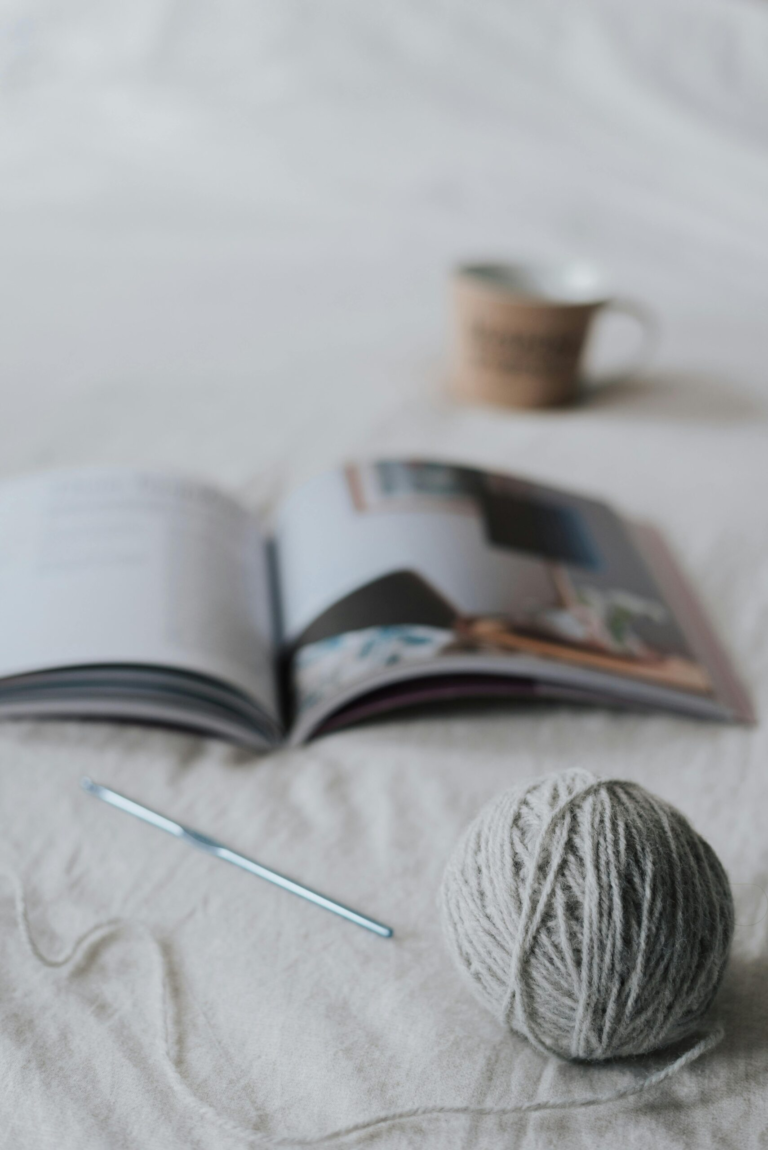
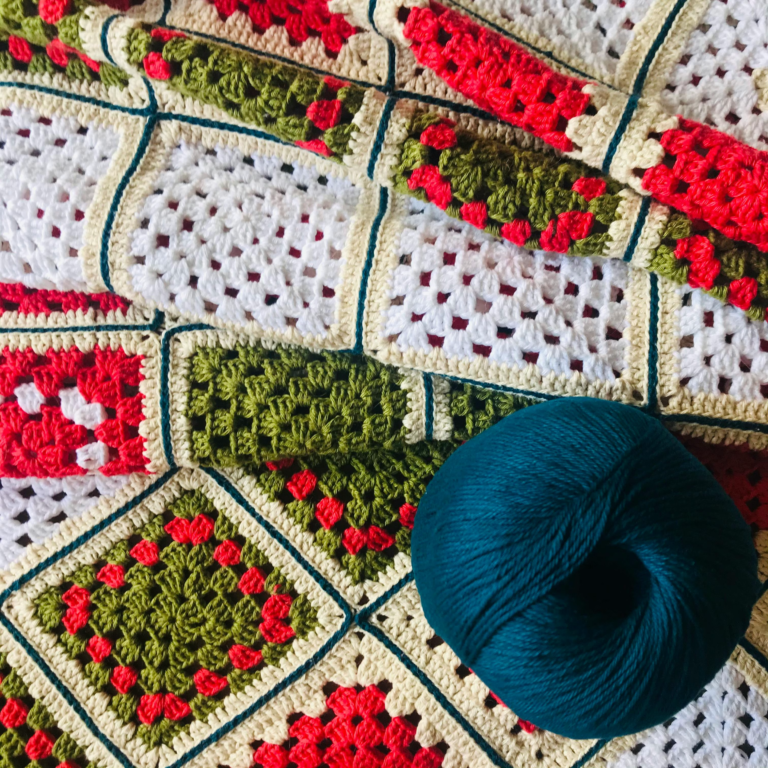
What a lovely idea! I can’t crochet, but I enjoy knitting. This would make a wonderful gift for any book lover! Thank you for sharing.
You’re welcome! I’m pretty sure there are are some knitting patterns out there for books and e-readers as well!
Oh! Too cute, I love this idea. It makes books feel so much cuter and cozier when you do this. I feel you can probably crochet your own designs like flowers and such if you’re fancy. I have some old books that I read often and stuff in my bag and as careful as I try to be, sometimes the cover rips. With this, that won’t happen! Wonderful idea 🙂
Yes these covers can really be personalized with some sewing or overlay crochet techniques too (if you are looking for something more than just different colors). You can really do just about anything to fit your (or a gift recipient’s) taste 🙂
These are beautiful! I do feel like some of the students that I love to teach would love to create one of these. Pinned for later!